London, England

Children of every age will love London and no matter what they are studying in school something will be relative. Try to figure out Stonehenge which dates back to 3100 BC. See the Roman influence from Rome occupying the country for 400 years. Examine the concept developing of individuals having inherent rights during the medieval times along with Shakespeare and the drafting of the King James Bible. From the 1600’s, the British explorers sailed every ocean and the English perfection of the chronometer along with their development of accurate star charts helped England become a global sea power as well as dictating that the Royal Observatory in Greenwich (just east of London on the Thames) as 0.00 Longitude (laying the ground work for GPS and Google Maps). England is the superpower in the 1700’s as a result of their naval and logistic capabilities and endeavors to stay one through the 1800’s in places like North America, India, Egypt, Hong Kong and the Pacific. The early to mid-1900’s sees England fighting to survive two world wars and the rise and fall of Winston Churchill, one of the world’s greatest statesman and communicator. The history, science, arts and culture can all be experienced in and around London.
More importantly maybe for your children, so much of America’s history emulates from London that tracing our roots back to England explains so many things about us, yet England is so different that it is a wonderland for children. Your children will learn what proper English sounds like. They will question why the English drive on the wrong side of the road. Why their measurement system is metric but road distances measured in miles. When they visit parliament, they will ask why the adults are so rude to one another. Introduce them to eating at a pub and they will forget McDonalds – Ok, maybe not, since the hamburger tastes different but fries are safe and tasty.
The 400 year history between America and Britain is recent history compared to England’s 2,000 year history with Europe starting with the Romans. Julius Caesar led a failed expedition with 10,000 soldiers in 55 BC, primarily due to weather, which will impact cross channel wars for the next 2,000 years, but also the oddity of having to fight 4,000 Briton (old spelling) war chariots. Returning the following year with 25,000 soldiers and 2,000 calvary, Caesar’s legions were able to defeat Britons armies and force a treaty. Britain had huge mineral wealth with attractive tin deposits and copper mines. Having stretched the Roman Empire to its furthest northern point, Caesar had to quickly return to troublesome Gaul (France, Belgium and Germany). It would be almost 100 years before the Romans returned.
In 43 AD Emperor Claudius, crowned by the Praetorian Guard quickly after the assignation of Emperor Caligula, invaded Britain with 40,000 troops. Rome would occupy Britain for the next 400 years establishing army posts throughout the land although Rome did not leave a large enough force to subdue the northern most tribes, so in order to protect what they could control Emperor Hadrian ordered a wall built across Britain (80 Roman miles) that would have a fort every 5 miles. Much of Hadrian’s Wall remains today making it the most popular tourist attraction in Northern England. Roman occupation allowed Briton to grow and prosper around the forts where craftsmen and traders could build a business making a ready market for the nearby farmers.
Your children will probably be amazed to learn the Romans took their cleanliness seriously (unlike medieval Europeans who might bathe once a month) building large public bath houses. The English city of Bath just west of London, named because it has an incredible Roman Bath kept warm by natural hot springs. Roman hygiene, like so many other Roman advances would disappear after 400 AD and not re appear until the 1600’s. It would be Queen Elizabeth (a once a month bather) who would in 1590 issue a charter incorporating the City of Bath making the thermal waters accessible to the public.
Britons history and relationship with Europe would be forever changed when William the Conqueror, a descendent of Viking invaders, sailed from Normandy to England 1066. England had to this point successfully repelled Viking invasions for 200 years, but William successfully landed his forces and defeated the English armies. His 20 year reign set in motion the turbulent relationship between England and what is modern day France. William’s successful crossing of the English Channel and his amphibious landing of his army would be a precursor to the return trip when the allies in WWII would leave England and land in Normandy to take France back from the Germans.
Many of the amazing sights to see in London date to William the Conqueror who built the original fortress now called the Tower of London on the river Thames. It has served multiple purposes besides being a royal residence, including an armory, treasury, home of the Royal mint, and today, home to the spectacular Crown Jewels of England. For children of all ages it is most remembered as the place political prisoners were taken and if things went badly, the place they would be beheaded usually with an axe with the public in attendance. This site is well marked and a favorite place for pictures.
Also along the river Thames majestically sits Westminster Abby, where in 1066 William was crowned king. The current building dates from 1245 when King Henry III redesigned the Abby. Every Coronation has taken place here since 1066 and 16 royal weddings including the latest in 2011 when Prince William (wonder where he got his name?) married Catherine Middleton. Kids may find it odd that 3,300 people are buried in the Abby including most Kings and Queens, but also poets, writers, musicians, Prime Ministers and in 1920 the Unkown Warrior from WWI. Your child will recognize many of the names- Chaucer, Dickens, Eliot, Keats, Kipling, Shakespeare, Tennyson and Wordsworth. Oliver Cromwell was buried there but was disinterred in 1661 when the son of the King whose head Cromwell had voted to have cut off took the throne. The colorful history of English monarchs will thoroughly entertain your children but the craziness led to political changes and traditions that would end up playing an important role in the formation of the United States.
Adjacent to the Abby is the Palace of Westminster, now also known as the Houses of parliament. The current building was constructed between 1840-1870, but parts of it date back to the Old Palace built by William II between 1097 and 1099. Here like in the U.S. Capital and I State house across America, elected officials gather to debate the laws of the country. Unique to Britain, their parliament consists of The House of Lords, The House of Commons and the King or Queen. The King or Queen only rules symbolically. The Members of Parliament (MP’s) are elected locally but the House of Lords is made up of individuals who have either inherited a title or has been given one. The debates here are rowdy and raucous, described as a bloodless duel. Take your children on a tour for this system of a balance of power with multiple heads laid the foundation which our founding fathers tried to improve upon. Experience the rhetoric of governing up close on your tour.
On June 15, 1215 in a field called Runnymede (near Windsor Castle and Heathrow airport) King John of England, unpopular (think Robin Hood) and about to lose his crown probably with his head, agreed to a Great Charter being presented by a large number of rebellious Barons. This document was the start of a change in the relationship between the crown and its subjects which would ultimately lead to the U.S Constitution and Bill of Rights. The Magna Carta signed that day promised protection of church rights, access to swift justice, limitations on payments to the crown and protection, for at least the barons, from false imprisonment. King John quickly reneged on the deal but the battle for these rights was out in the open and would be fought multiple times over the next 500 years. The four remaining Copies of the original 1215 charter can be seen at either the British Library in London or at the cathedrals of Lincoln or Salisbury. A copy of a 1297 charter can be seen at the National Archives in Washington D.C. or in Australia.
We could go on and on. There is so much to see and do – St. Paul’s, The Churchill war rooms, Windsor Castle, taking a boat down the Thames, Shakespeare’s theater- The Globe, The British Museum, changing of the guard, Buckingham Palace, etc, etc… Talk to your Travel expert and customize a trip that allows your children to explore and learn.
Photo Gallery
Read
Watch
-
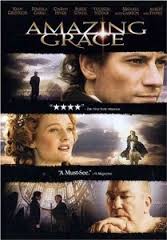 Amazing Grace
Amazing Grace
-
 Chariots Of Fire
Chariots Of Fire
-
 Cromwell
Cromwell
-
 The Mayflower Voyagers (This Is America, Charlie Brown)
The Mayflower Voyagers (This Is America, Charlie Brown)
-
 Turn: Washington’s Spies
Turn: Washington’s Spies
-
 A History of Britain
A History of Britain
-
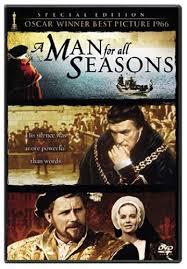 A Man For All Seasons
A Man For All Seasons
-
 Becket
Becket
-
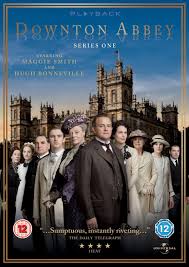 Downton Abbey
Downton Abbey
-
 Elizabeth
Elizabeth
-
 Henry V
Henry V
-
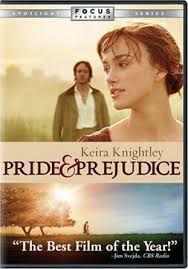 Pride & Prejudice
Pride & Prejudice
-
 Shadowlands
Shadowlands
-
 Shakespeare in Love
Shakespeare in Love
-
 The Imitation Game
The Imitation Game
-
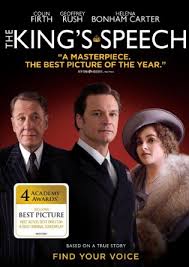 The King’s Speech
The King’s Speech
-
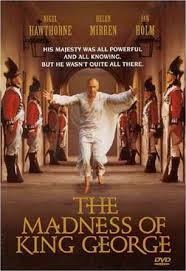 The Madness Of King George
The Madness Of King George
-
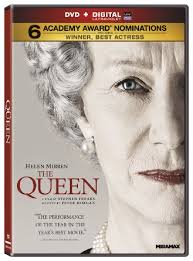 The Queen
The Queen
-
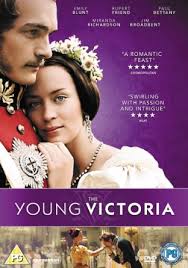 The Young Victoria
The Young Victoria
Your Travel Expert



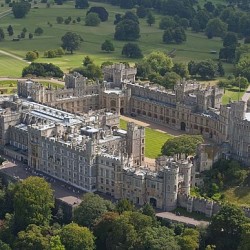
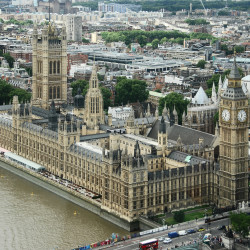
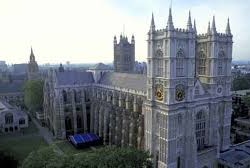
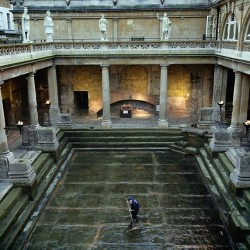

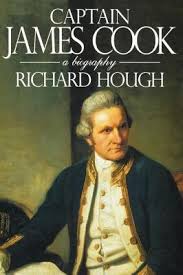 Captain James Cook: A Biography
Captain James Cook: A Biography
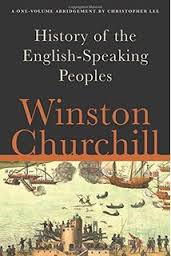 A History of the English-Speaking Peoples
A History of the English-Speaking Peoples
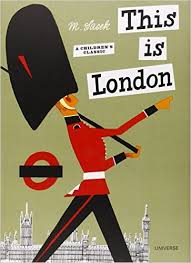 This is London
This is London
